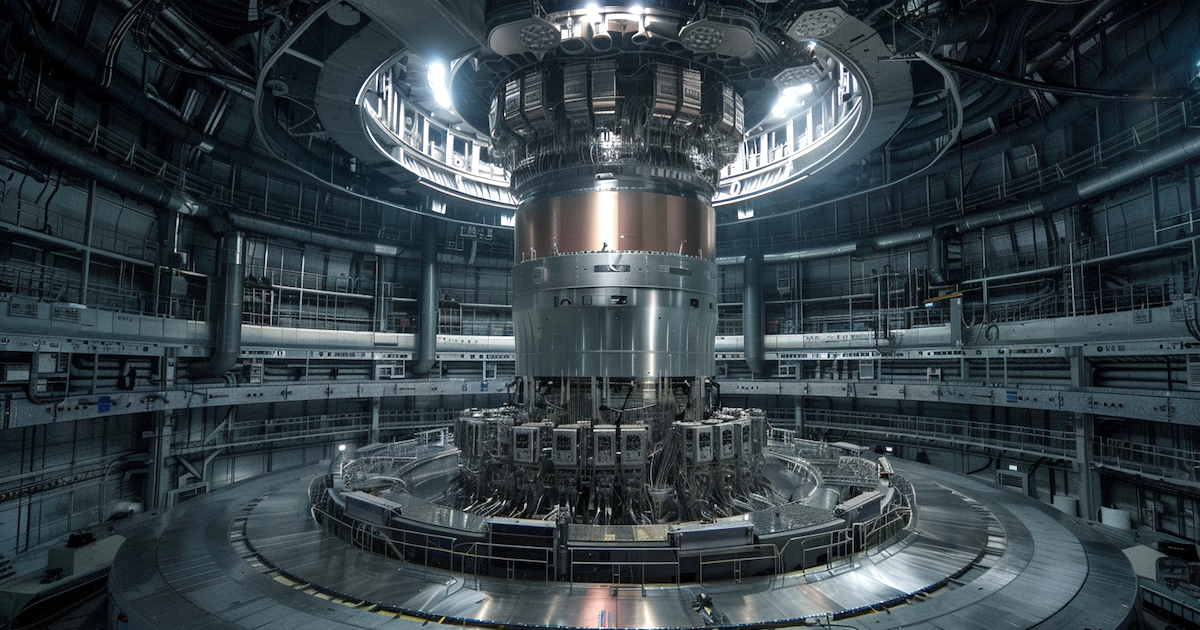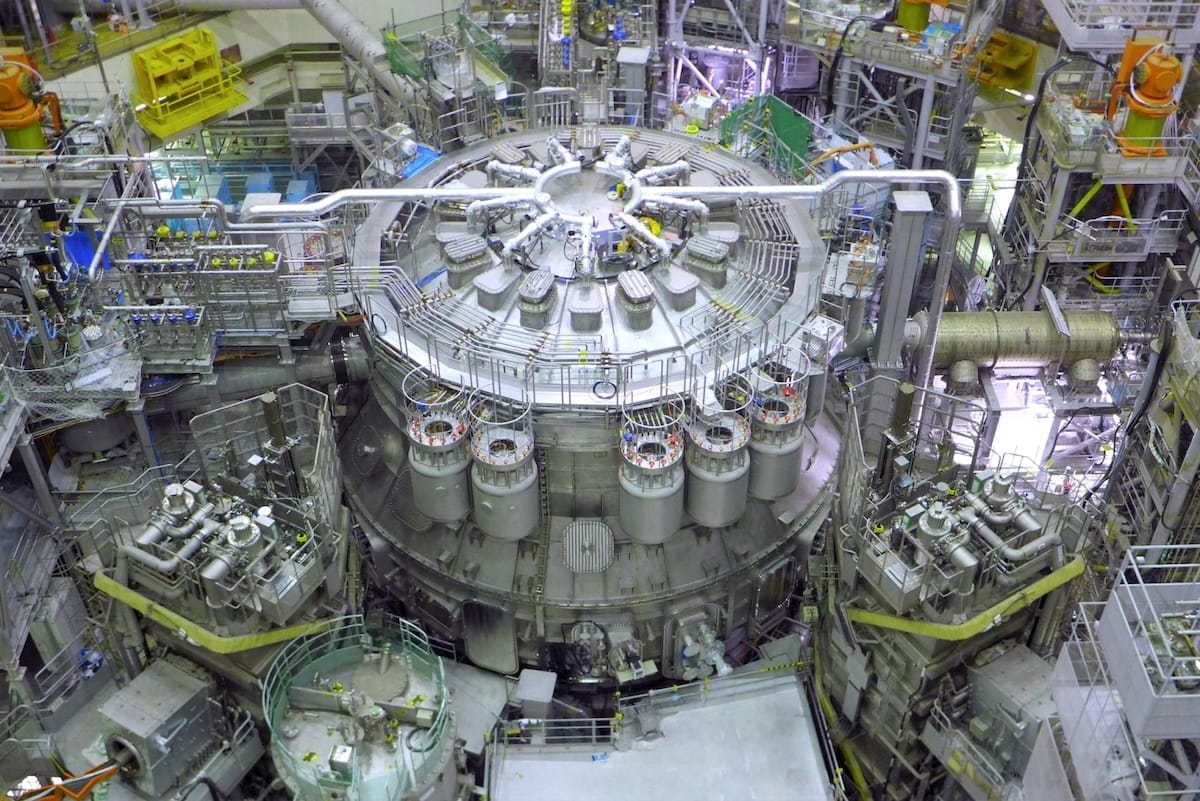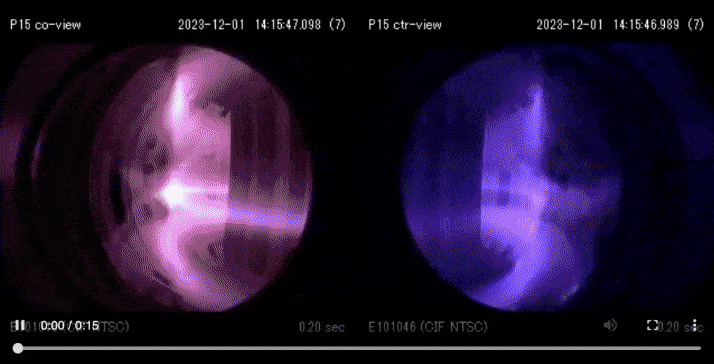
Hi Jeff, is the news true that a Japanese company attained positive energy from a fusion reaction for 5+ minutes? — Brian C.
Hi Brian,
No, unfortunately that’s not the case, but there was a major development last October in Japan that was exciting.
Japan is part of the global consortium to build out the massive nuclear fusion reactor in France — ITER. The background is that Japan’s National Institutes for Quantum Science and Technology had bid on hosting ITER in Japan but lost the bid.
France won the bid and ITER is being constructed in Saint Paul-lez-Durance in southern France.
Japan was assigned the project of building out a smaller nuclear fusion reactor — JT-60SA — that has about one-sixth the volume of ITER. We can think of JT-60SA as a kind of test bed for the larger ITER.

Until ITER achieves first plasma, JT-60SA is the world’s largest operating tokamak fusion reactor. (For those just joining, a tokamak fusion reactor’s internal structure is donut-shaped, using magnetic fields to contain the plasma of a nuclear fusion reaction.)
And last October, JT-60SA achieved first plasma. Here’s what it looks like.
JT-60SA December Plasma

The above was a test from December that lasted less than 10 seconds.
JT-60SA is designed to contain plasma at an incredible 200 million degrees Celsius for about 100 seconds. That’s just 1 minute and 40 seconds.
The team at the National Institutes for Quantum Science and Technology has only been able to demonstrate a plasma reaction for a few seconds. So the JT-60SA is a long way from even reaching 1 minute. And 5 minutes is not possible for this design.
Japan’s tokamak is more of a science project. It’s not intended to be used for generation of clean energy for the power grid.